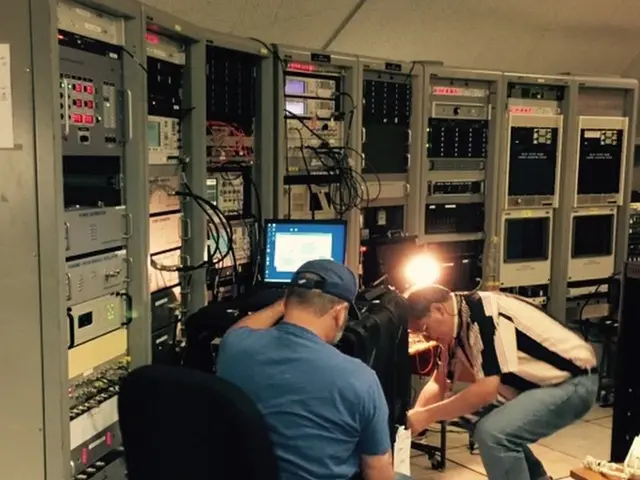Analysis Techniques for Interview Examination
In the realm of qualitative research, the process of converting spoken language into a written format plays a crucial role. This article delves into the key steps and challenges associated with creating clean transcriptions, a method that optimizes data for analysis while maintaining the essence of the spoken word.
The Keystones of Clean Transcription
- Preparation for Accurate Transcription: Meticulous audio recording preparation is essential. By ensuring good sound quality and minimizing background noise, the transcription process becomes simpler and more efficient.
- Choosing the Transcription Method: Researchers can opt for manual transcription, where every utterance is typed verbatim, or AI-assisted transcription, which generates a first draft for increased efficiency.
- The Hybrid Approach: Combining AI-generated drafts with manual review ensures both speed and accuracy, maintaining the contextual fidelity that is vital in qualitative research.
- Consistent Formatting and Documentation: Standardized formatting and detailed documentation of transcription conventions help maintain uniformity across all transcripts, making analysis easier.
- Ethical Responsibility: Securing participant consent and anonymizing sensitive data are cornerstones of ethical qualitative research.
Navigating Challenges
- Handling Accents: Accents can pose a challenge for both AI tools and human transcribers. Manual review and using AI tools with multilingual support and fine-tuning on specific accents can help mitigate this issue.
- Poor Audio Quality: Background noise, low volume, or poor recording devices can hinder transcription clarity and accuracy. Investing in good recording equipment, following best practices, and using noise reduction tools can help overcome these obstacles.
- Maintaining Consistency: Variability in how different transcribers handle transcription formats or decide what to include/exclude leads to inconsistent data. Establishing and documenting clear transcription guidelines, using standardized formatting conventions, and training transcribers can help maintain consistency.
By following these steps and addressing challenges effectively, qualitative researchers can create reliable, consistent transcripts that accurately capture meaning, tone, and nuance, essential for analysis. These clean transcriptions provide a clear and organized text dataset that researchers can easily navigate, code, and interpret.
Moreover, powerful coding tools in the software assist in analysing and organizing large amounts of qualitative data. Maintaining confidentiality and anonymity is a cornerstone of ethical qualitative research, and clean transcription requires careful handling of sensitive information.
Manual transcription can be labor-intensive and time-consuming, but can be expedited using automatic transcription tools and delegating tasks to assistants. A significant challenge in clean transcription is handling accents and dialects, requiring transcribers familiar with specific accents. Poor audio quality is another obstacle, which can be mitigated by using high-quality recording devices and noise-reduction functions in transcription software.
Our software offers features for working with transcriptions in various formats, ensuring a seamless experience for researchers. Accurate transcripts ensure that data remains faithful to the perspectives and experiences of participants, contributing to the credibility and trustworthiness of research findings.
In the realm of education-and-self-development, learning effective transcription techniques is beneficial, as clean transcriptions are crucial for qualitative research, optimizing data for analysis while maintaining the essence of the spoken word. Simultaneously, honing transcription skills can augment one's ability to understand and interpret spoken language more accurately, especially when dealing with accents and dialects.




